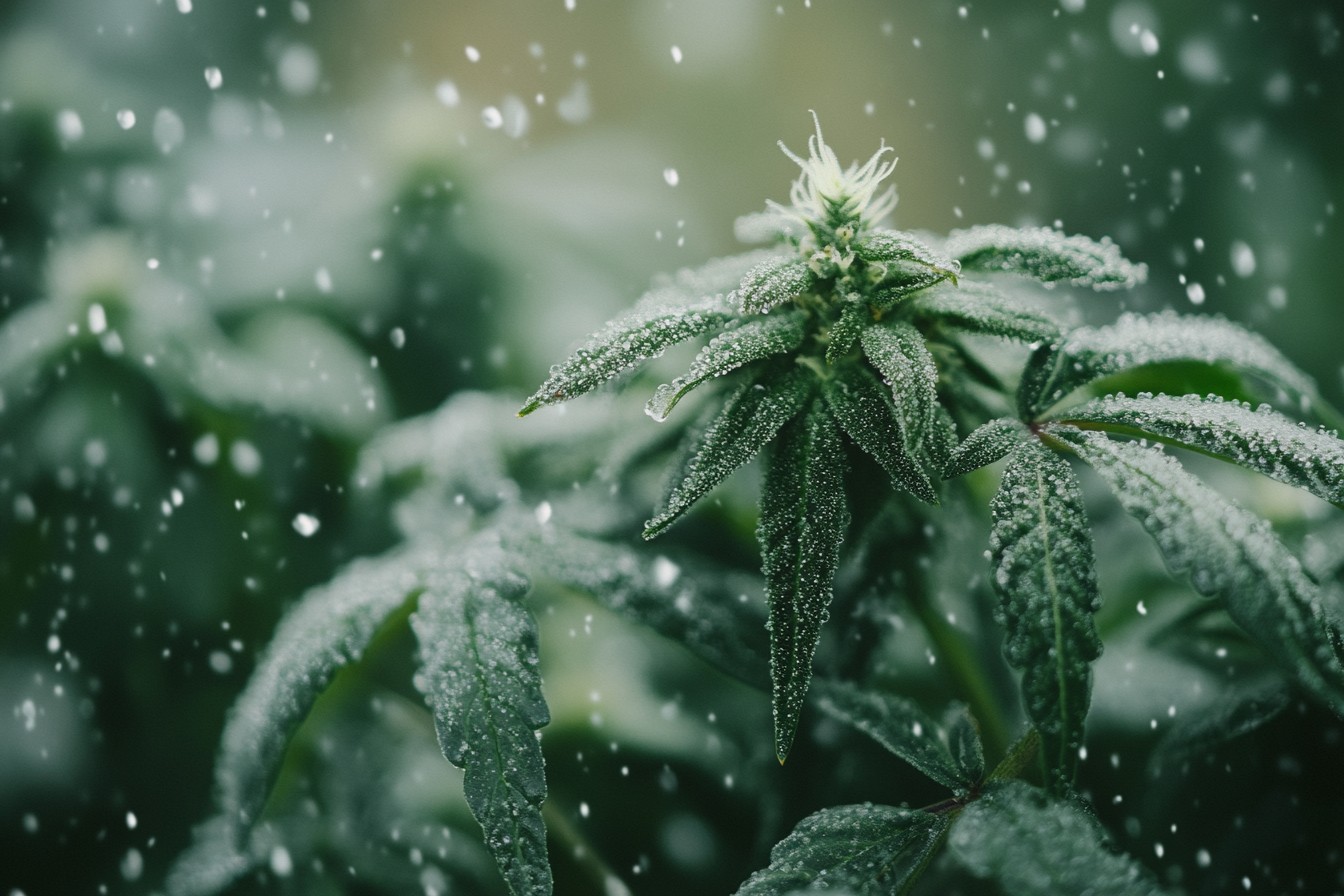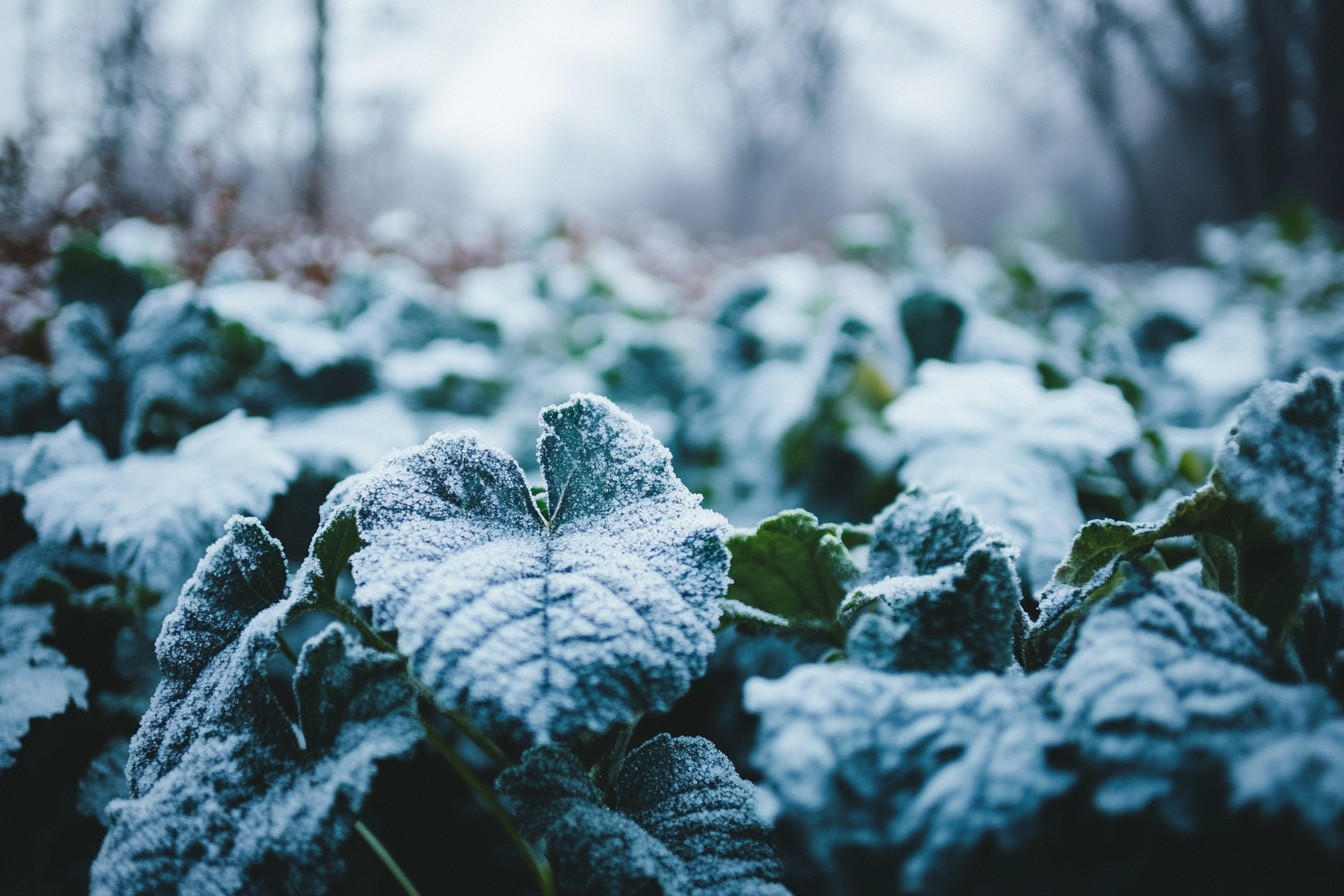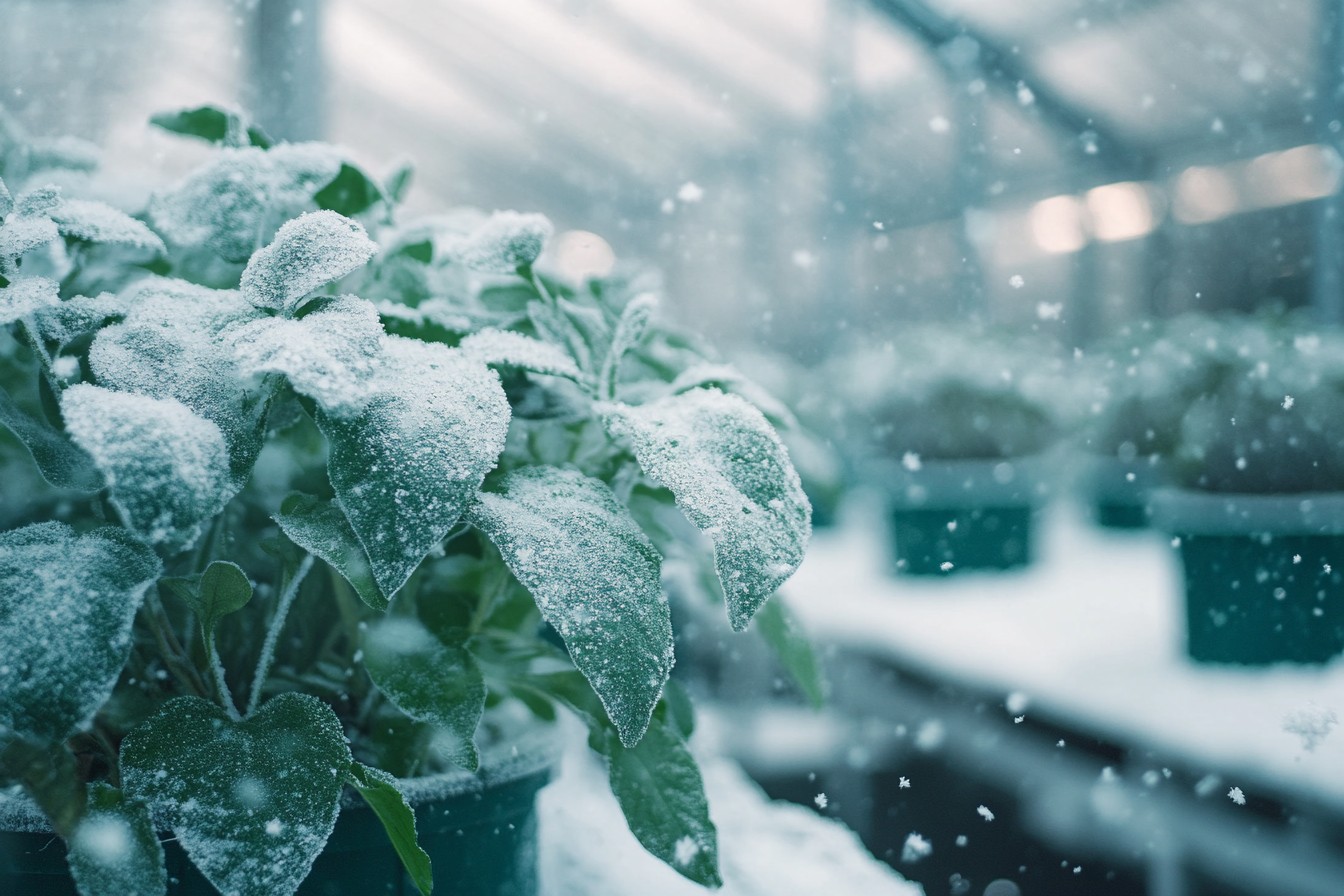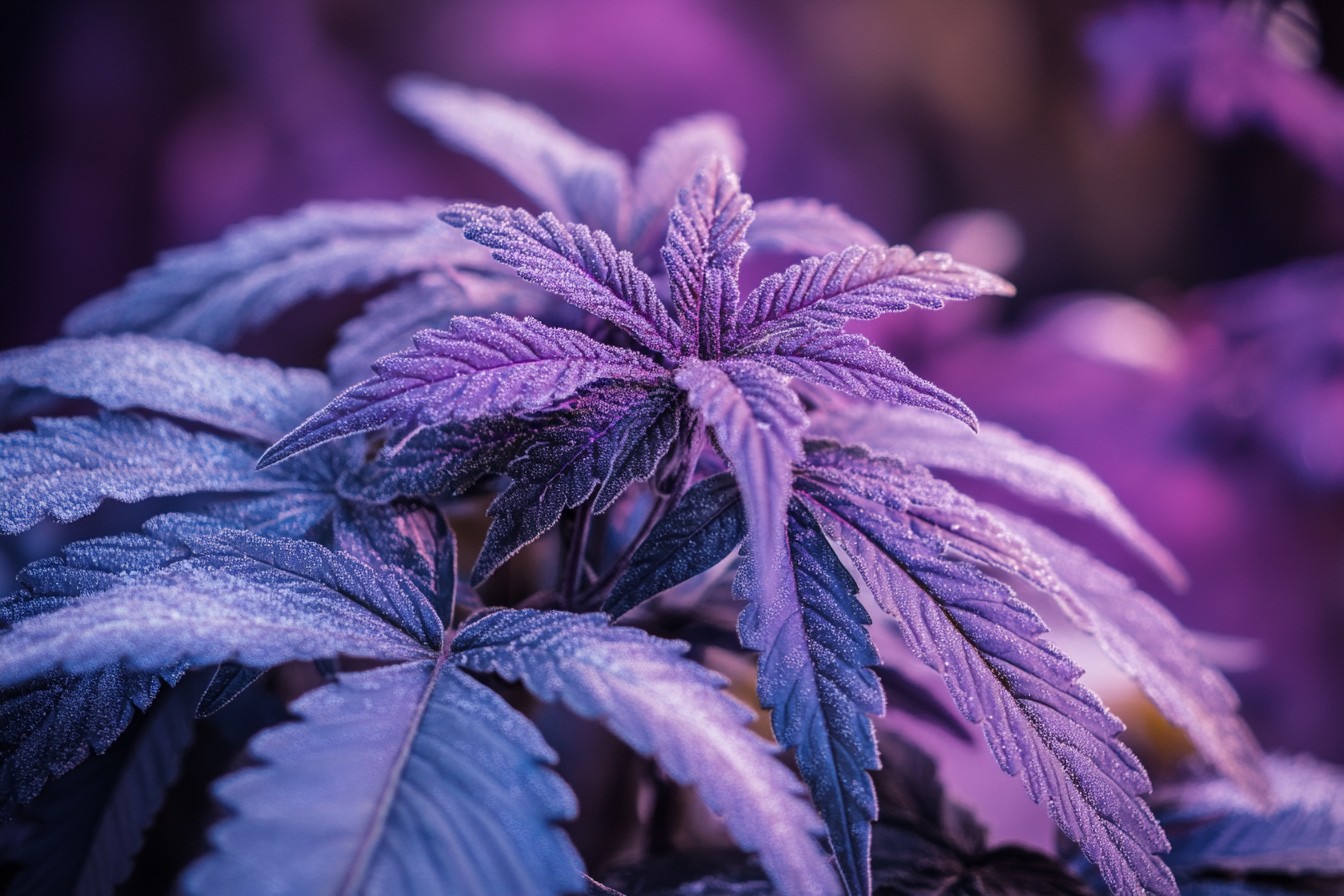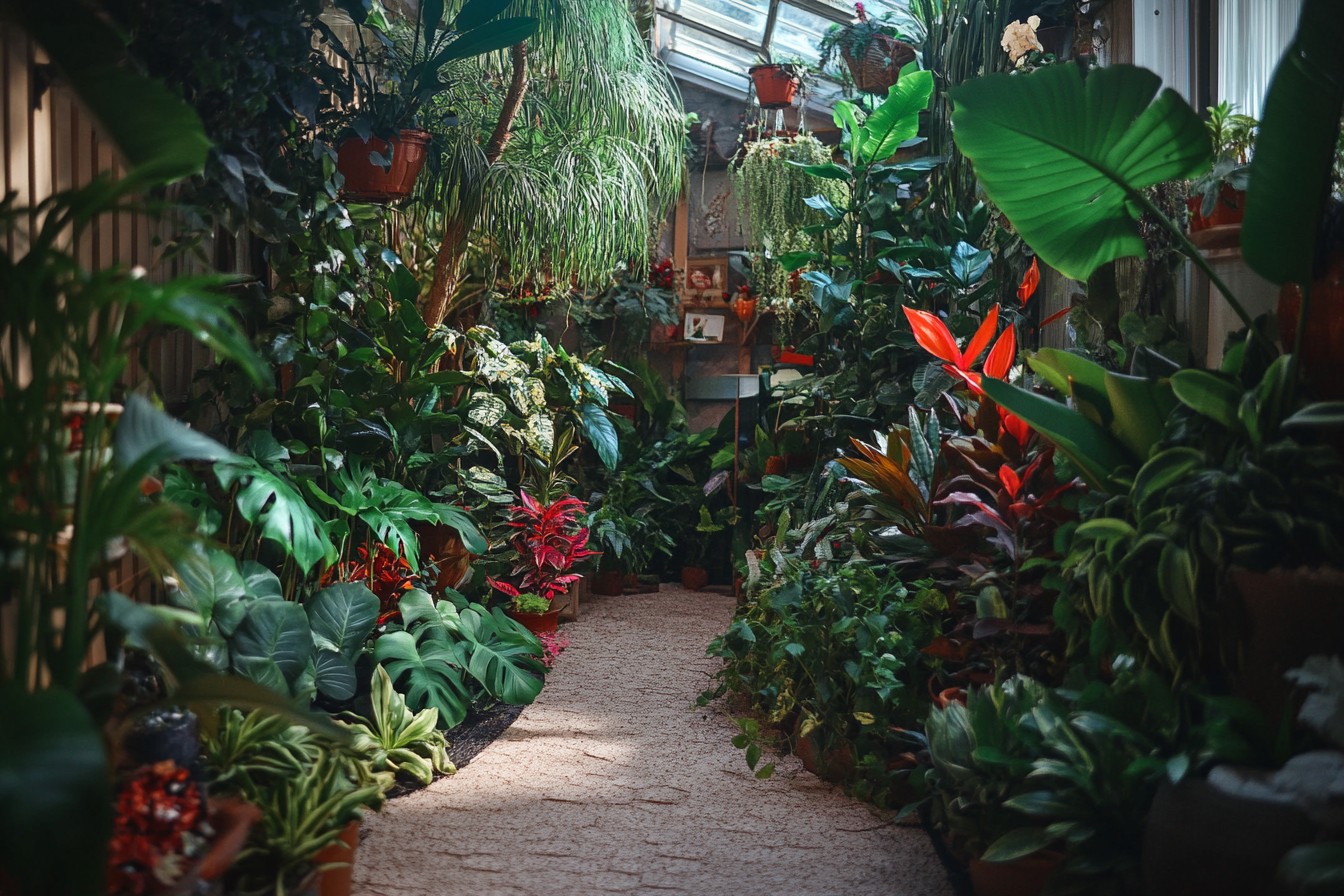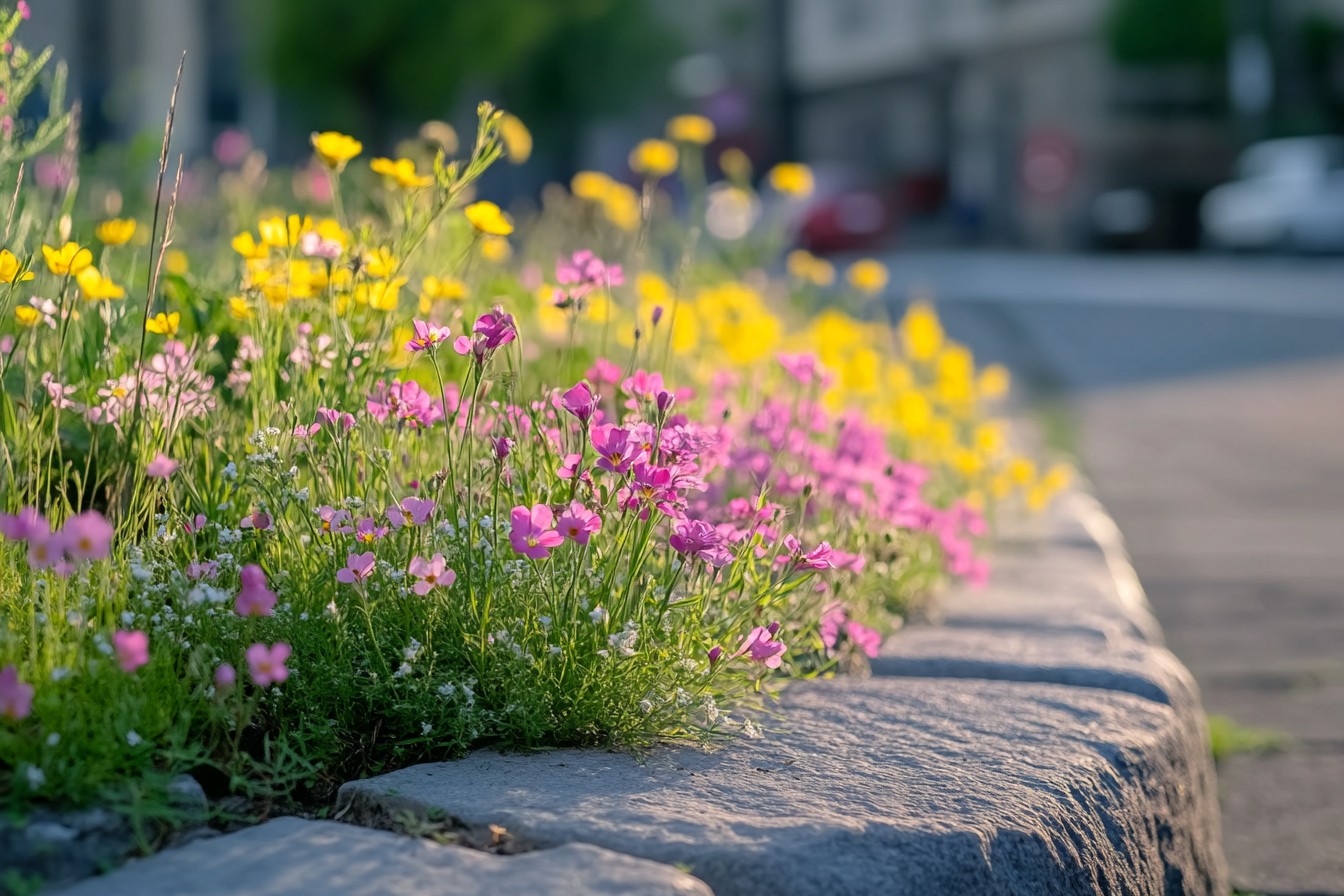The first winter I tried hydroponic growing, I nearly froze my lettuce to death. No, seriously. Picture this: December in Illinois, snow piling up outside my windows, and me, thinking I’m some kind of genius for growing food indoors while the rest of the world hibernated.
I had my nutrient film technique (NFT) system set up along the north wall of my apartment—yeah, the north wall. Already you can see where this is going, right? It was 2015, and I was still riding the high of my first moderately successful summer of hydroponic tomatoes.
The system was simple: PVC pipes with holes cut for net pots, a reservoir underneath, and a small pump moving nutrient solution through the whole setup. Nothing fancy, but it worked great when the apartment was a toasty 74 degrees. Then winter hit, and my brilliant brain failed to consider that walls get cold.
Like, really cold. Like, “Hey buddy, remember thermodynamics from that engineering degree you barely used?” cold. I noticed something was wrong when my butter lettuce started looking…
weird. Not dead exactly, but definitely not thriving. The leaves were thin and pale, growth had slowed to a crawl, and the whole plant had this sad, limp vibe that reminded me of myself after working through the holidays at my old job.
At first, I thought it was a nutrient deficiency—the standard panic response of every hydroponic grower. I tweaked my nutrient solution, adjusted the pH, and even sacrificed my kitchen counter space to mix up some fancy micromix a guy on a forum swore would “supercharge my greens, bro.”
Nothing worked. Then one particularly frigid morning, I was adding more solution to the reservoir when I stuck my hand in and almost yelped.
That water was COLD. Not refreshing-cold, more like your-fingers-might-fall-off cold. I grabbed my trusty meat thermometer (which, let’s be honest, was mostly unused for its intended purpose) and took a reading: 48°F.
Turns out plants have temperature preferences too, and mine were basically sitting in a refrigerator 24/7. That day, I learned lesson number one of winter hydroponics: water temperature matters. A LOT.
The fixes came in stages, each more ridiculous than the last. First, I relocated the entire system to the interior wall next to my kitchen. My cooking space shrank by about 60%, but hey, priorities.
Then I wrapped the reservoir in an old sleeping bag, which looked absolutely absurd but bumped the temperature up by about 5 degrees. Still not enough. The space heater was my next attempt—positioned carefully to warm the reservoir without becoming a fire hazard.
It worked great, except my electric bill shot up so fast I thought the power company was playing a joke on me. $73 extra that month. For lettuce.
I did the math: each head of lettuce was costing me roughly the price of a decent steak dinner. There had to be a better way. This led to the Great Amazon Rabbit Hole of winter 2015.
I spent hours reading reviews of aquarium heaters, seedling heat mats, and insulation materials. Turns out you can burn a whole Sunday comparing the energy efficiency of different water heaters when you’re truly desperate for crisp lettuce in January. I settled on a 300-watt aquarium heater designed for 50-gallon tanks.
The guy at the pet store gave me the oddest look when I explained what it was for. “You’re heating water… for plants?” Yes, sir.
Yes, I am. His confusion only deepened when I asked if they sold any aquarium-safe insulation. “Like…
a tiny wetsuit for your fish tank?” Not exactly what I meant, but points for creativity. The aquarium heater was a game-changer. It maintained the reservoir at a steady 68°F, and my plants perked up almost immediately.
Next came insulating the actual pipes where the roots lived. I wrapped them in reflective bubble insulation—the kind meant for water heaters—securing it with way too much duct tape. My hydroponic system now resembled some kind of half-assed spacecraft, but guess what?
It worked. By February, I was harvesting lettuce every week like it was the middle of summer. The setup wasn’t pretty, but there’s something deeply satisfying about eating fresh greens while looking out at a frozen wasteland.
Of course, temperature was just the first challenge. Winter’s second trick was humidity—or lack thereof. If you’ve ever spent winter in the Midwest, you know that indoor heating systems turn the air into something resembling the Sahara.
My skin was cracking, my houseplants were crispy at the edges, and my hydroponic plants were transpiring moisture faster than they could take it up. I tried everything. I put bowls of water near the radiators.
I bought a humidifier that made my apartment feel like a tropical jungle for approximately 8 hours before running dry. I even tried hanging damp towels around the growing area, which did nothing except make my apartment smell vaguely like a locker room. The solution came from an unexpected source.
My buddy Mike, who worked at a restaurant downtown, mentioned that they used misters in the outdoor seating area during summer. “Tiny water particles, man. They just hang in the air.” This sparked an idea so obvious I felt stupid for not thinking of it sooner: automated misters.
I rigged up a DIY misting system using aquarium tubing, misting nozzles from a garden center, and a small high-pressure pump. It sprayed a fine mist over my plants for 20 seconds every hour. Combined with the insulated reservoir and pipes, this created a little microclimate that stayed perfectly hospitable despite the winter hellscape outside.
The third challenge was light—or the depressing lack of it that defines northern winters. My apartment windows, already limited in their light-giving abilities, became nearly useless from November through March when the sun decided to make only brief, halfhearted appearances low on the horizon. This is where I finally had to break down and invest in proper grow lights.
I’d been using some cheap purple LED strips that were frankly better at giving me headaches than growing plants. After three straight days of research that made my browser history look like I was planning some kind of illicit operation, I invested in proper full-spectrum LED panels. They weren’t cheap—about $180 for the setup I needed—but they transformed my winter growing operation.
The first time I turned them on, my neighbor texted asking if I’d “installed a small sun” in my apartment. The light was intense, bright white with just a hint of that purplish grow-light tint. My plants practically sighed with relief.
The final piece of the winter hydroponics puzzle was airflow. In summer, I could crack windows, run fans, and generally keep air moving around my plants to prevent mold and strengthen stems. In winter, opening windows wasn’t exactly an option unless I wanted to recreate arctic conditions indoors.
The solution was a carefully positioned set of small clip-on fans that created just enough breeze to keep the plants happy without cooling the system too much. I connected them to the same timer as my lights so they’d run during the “daytime” hours. By the second winter, I had the system dialed in: insulated reservoirs with aquarium heaters maintaining 68°F water, reflective insulation around all pipes and growing channels, humidity controlled by a misting system, full-spectrum LED lights on 14-hour timers, and gentle air circulation from strategically placed fans.
It was a far cry from my first janky setup, and it turned my apartment into something resembling a small-scale commercial operation. Was it worth it? Well, that depends on how you value a perfectly fresh salad in the middle of February when the world outside is frozen solid.
For me, it became about more than just the food—it was a middle finger to winter itself. “You think you can stop me from growing things? Watch this.”
Now when people ask me about winter hydroponics, I tell them it’s absolutely doable with the right setup.
Then I show them pictures of what looks like NASA equipment in my living room and watch their enthusiasm fade slightly. But that’s the trade-off: either accept that winter wins, or turn your living space into a bizarre plant laboratory that confuses visitors and delights your tastebuds. If you’re considering diving into winter hydroponics, start small.
One system, a few plants, proper insulation, and temperature control. Get that working reliably before expanding. Trust me, it’s better than finding yourself surrounded by dying plants and expensive equipment in January, questioning your life choices while eating another sad grocery store tomato that tastes like slightly wet cardboard.
Winter might be coming, but with some engineering, stubborn determination, and a willingness to explain to concerned friends that no, you’re not growing anything illegal, your hydroponic garden can thrive right through the coldest months. And there’s nothing quite like harvesting fresh basil while snowdrifts pile up outside your window.


